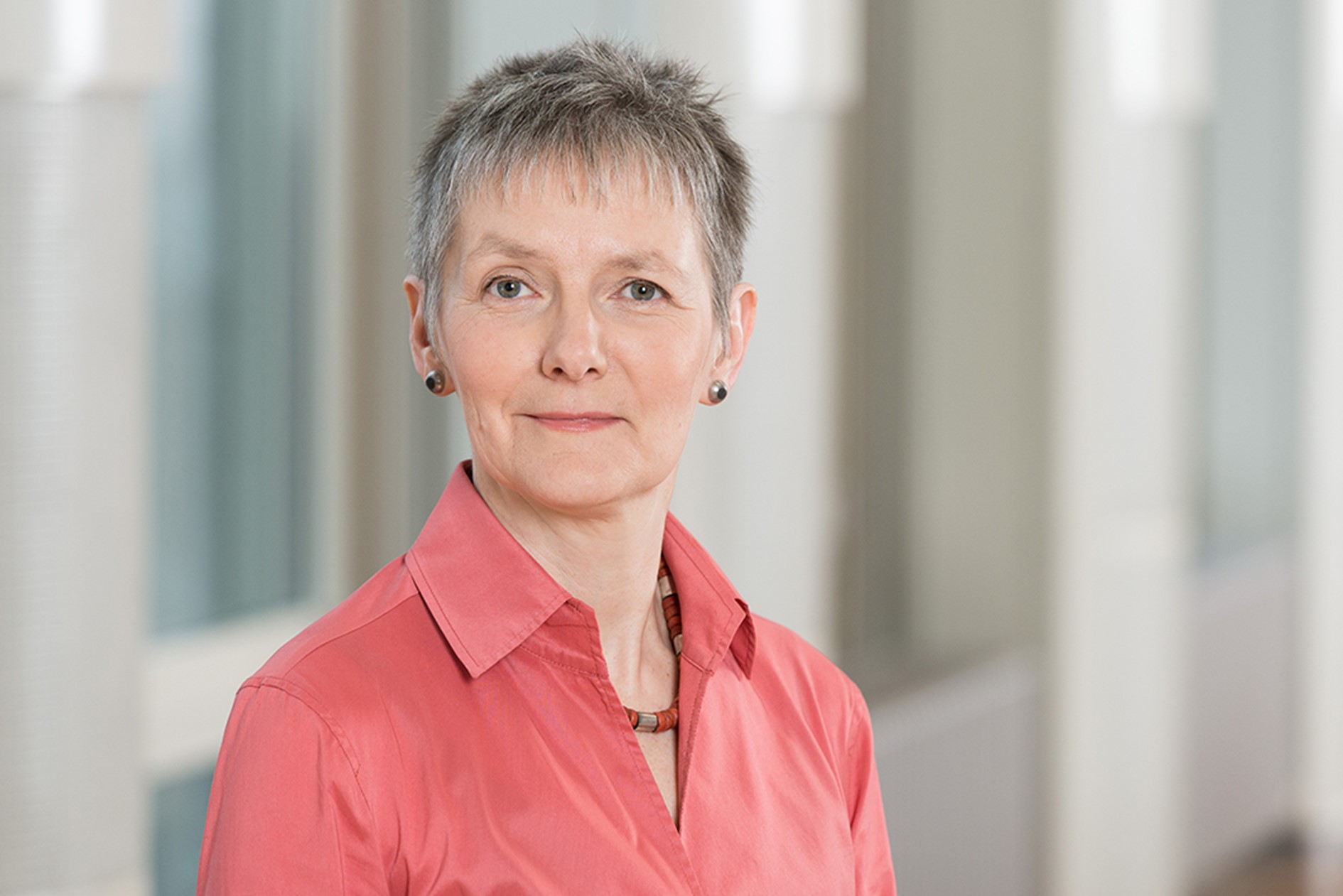
The scientist Birgit Skrotzki heads the Division Metallic High Temperature Materials at BAM and is a member of the steering committee in the project Platform MaterialDigital. Birgit Skrotzki is also currently President of the German Society for Materials Science (DGM).
After completing my studies in Bochum, I wanted to dive deeper into materials science, especially the fascinating world of microstructure, so I started a PhD project at RUB. After successful completion, I then went to the USA for 2 years as a postdoc at the University of Virginia. This was a very nice time and an important experience for me, both personally and professionally. After my return to Germany, I established my research group on light metals at the RUB and finally habilitated. The fact that I was the first woman actually caused a bit of a stir at the time, because there were only a few women in mechanical engineering. Since 2003, I have been heading the Division Experimental and Model-Based Mechanical Behavior of Materials (since this year, High-Temperature Metallic Materials).
Women can do STEM just as well as men! The STEM field is very exciting and diverse, from interior design to mechanical engineering to computer science. STEM is needed to address societal challenges such as sustainability, climate and energy. Take courage and have a look inside to see for yourself. Studying in this field also offers very good career prospects. The STEM field would benefit greatly from a higher number of women.
Our fundamental objective is to make material data available in an optimally documented form, in as large a quantity as possible and easily accessible, so that it can be used quickly and effectively in new digital laboratory and industrial processes. This covers the entire life cycle of a material or component, including the process chain. To move away from the isolated solutions that predominantly exist at present, data room concepts are being developed in various current research initiatives that enable data exchange while still ensuring the data sovereignty of those involved. In the MaterialDigital initiative, we are working on precisely this. In the future, this will certainly lead to an acceleration of material development, a reduction in development costs, better material utilization and greater usability of components, thus contributing to greater sustainability in the use and also production of materials.
My favorite materials are the aluminum alloys. The class of precipitation hardenable aluminum alloys shows very interesting microstructures with numerous phase transformations and it is very exciting to relate these to their mechanical properties.